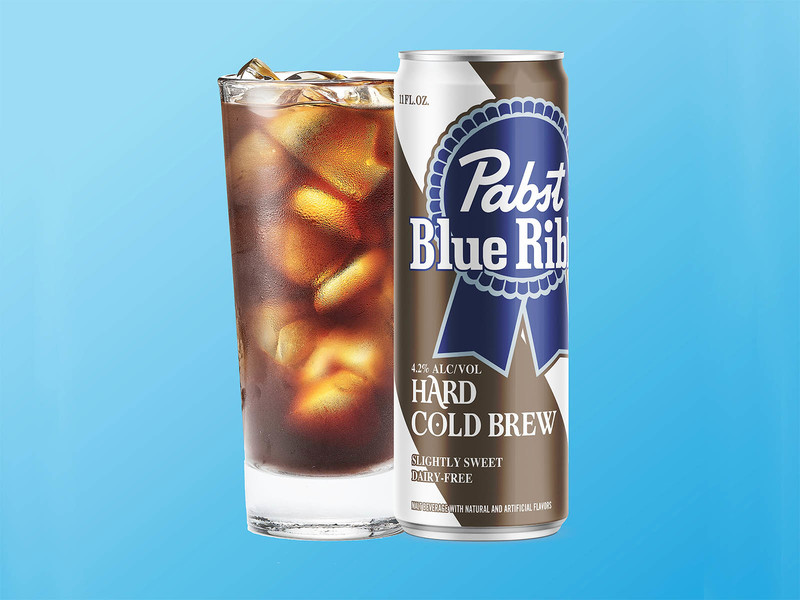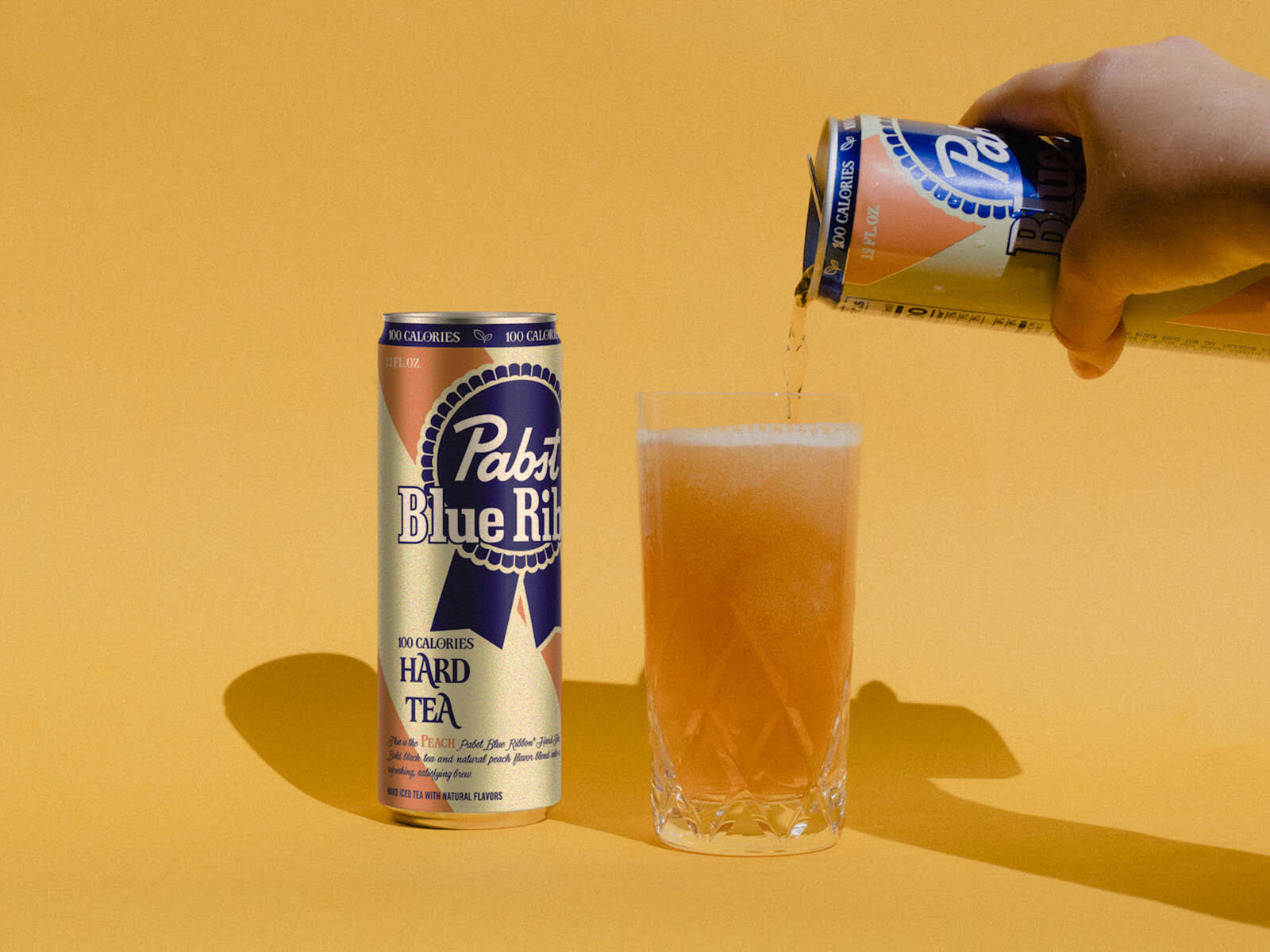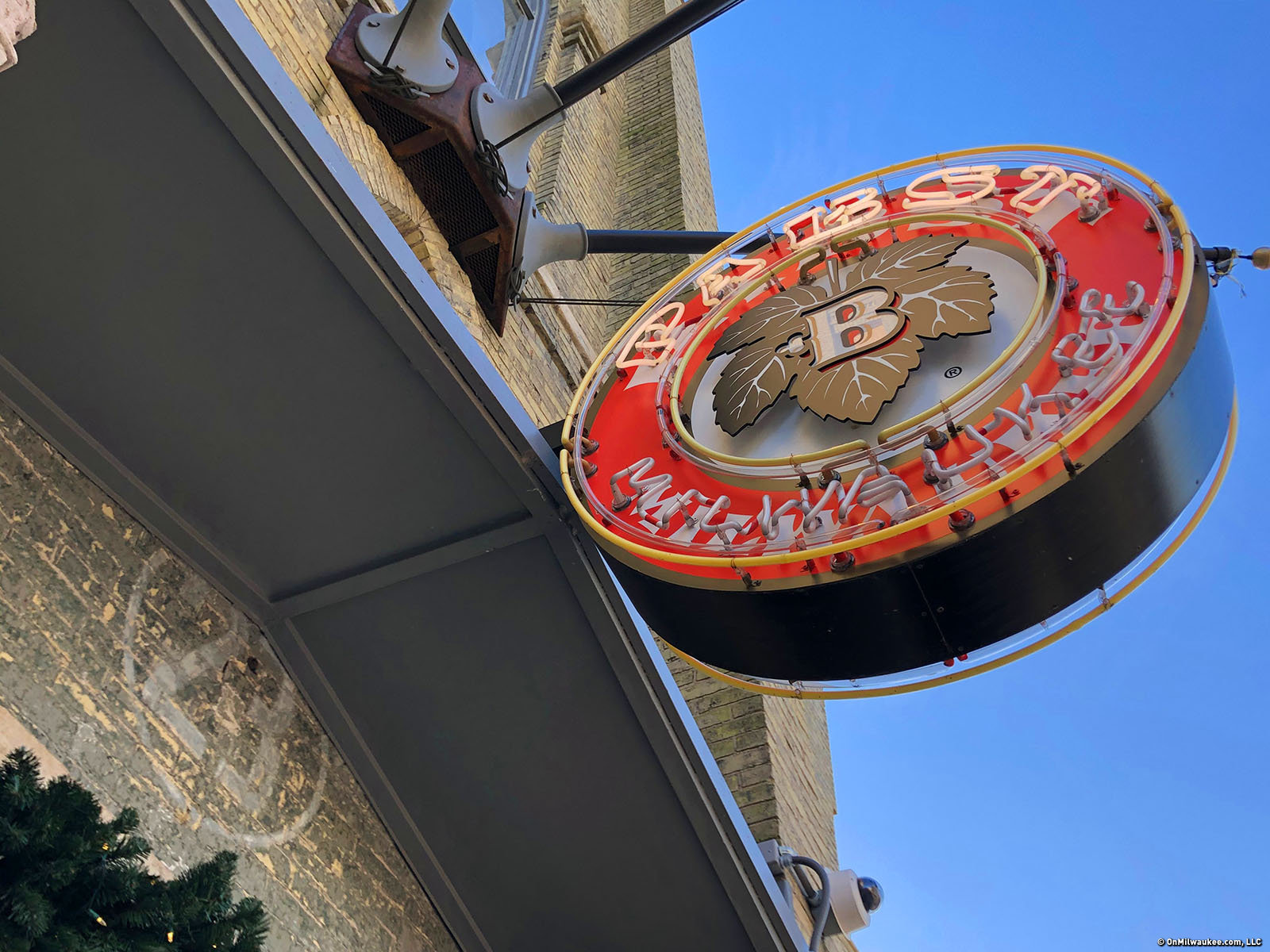A few months after Pabst’s hard coffee and hard seltzer hit the shelves, the company’s first whiskey since the 1840s is available, as promised earlier in the year.
Like you, I want it to be great, but I’m a little skeptical.
Distilled in Michigan by New Holland Brewing, the label notes that Pabst Blue Ribbon’s 80 proof whiskey has been "aged 5 seconds," which would contradict the statement on the same label that declares, "the finest blue ribbon standard."
Any whiskey drinker worth their salt can tell you that upwards of 60 percent – and some say much more – of a whiskey’s flavor comes from the barrel in which it’s aged. Despite attempts to speed up the process of movement of the spirit in and out of the charred wood, time remains a major ingredient in a good whiskey.
Log onto the Pabst Blue Ribbon website and you’ll be greeted with a boast that "we’re 174 years old." So why in such a hurry when making a foray into the spirits market?
Well, because, Alcohol and Tobacco Tax and Trade Bureau standards say that new-make has to hit the inside of a barrel to be called whiskey, and back in March, Pabst’s GM Matt Bruhn told Esquire, "because it's un-aged ... you've got to call it a moonshine. I'm not calling it moonshine; it is not that, it is a crafted whiskey."
What the rules don’t say is how long it has to stay in the cask. Hence, the five seconds.
Bruhn posited, "(Founder) Jacob (Best) was famous for beer, not famous for his style of whiskey. We asked ourselves, ‘What would be a great whiskey today, but also have some connection to the past?’ The first thing is, he wouldn't have the access or the desire to put whiskey in barrels."
Best’s brewery – which also made vinegar, as well as whiskey – surely stored its beer in barrels (made, at times, in its own on-site cooperage), so why it wouldn’t have the ability to put whiskey into casks is unclear.
Two Pabst history experts I asked did not know whether or not Best’s whiskey was aged, but if it was not (and whiskey before the mid-19th century typically wasn't), it wasn’t necessarily a decision based on quality assurance as much as on economics.
"I haven’t read anything one way or the other on that," says Doug Hoverson, whose encyclopedic book, "The Drink That Made Wisconsin Famous: Beer and Brewing in the Badger State" is out soon. "There weren’t really any consumer laws requiring certain standards for products. They may have been in more of a hurry to bring a product to market."
Bruhn also told Esquire, "I feel like in whiskey there's this superiority complex where, you know, the only good whiskey is aged. But that doesn't apply to every other spirit, like rum, for example. Aged whiskey is not what Jacob would have done, so let's make a killer, off-the-still liquid."
The new product might be a killer, off-the-still liquid. But off-the-still liquid is moonshine, not whiskey (which, by the way, isn’t rum). Because not only is good whiskey aged, all whiskey is aged, or it’s moonshine, say the Feds.
Considering the growing popularity of moonshine, it’s interesting that PBR has shunned the appropriate name for its white dog (which, after all, is whiskey, albeit un-aged whiskey).
Interestingly, the label also notes that the mash bill is 52 percent corn, 27 percent malted barley, 17 percent wheat and 4 percent rye. But in the Esquire interview, Bruhn said, "The mash bill is made of ingredients Best would have had access to in 1844. He would have been picking up the crop that comes from the field, so it's not going to be a perfect corn and wheat blend, it's going to be a bunch of other stuff that would have basically fallen into the mash. That's why ours has got oats in it, because that's the crops he would have got."
You can find it at local retailers, including Ray’s Wine and Spirits in Wauwatosa, where, at $21.99, Director of Wine & Spirits Nate Norfolk says, "it has been flying out of this place with almost no promotion from us, so the demand is there.
"But also it is the first week it has been released. As far as the aged five seconds thing goes ... um, why, just why?"
As Reid Mitenbuler explained in a Slate post about white lightning, "white dog can be bottled and sold immediately after being distilled without accruing any additional storage and aging expenses."
But he also opined, "Most serious whiskey fans seem content to let the white whiskey fad of recent years slip into oblivion alongside Crystal Pepsi and New York Seltzer. ... The moonshine connection has been a useful marketing gimmick for hip urban bars, but there’s one considerable downside to white dog: It tastes horrible."
We plan to head over to grab a bottle and give the new PBR spirit a taste and decide for ourselves. Stay tuned.
Born in Brooklyn, N.Y., where he lived until he was 17, Bobby received his BA-Mass Communications from UWM in 1989 and has lived in Walker's Point, Bay View, Enderis Park, South Milwaukee and on the East Side.
He has published three non-fiction books in Italy – including one about an event in Milwaukee history, which was published in the U.S. in autumn 2010. Four more books, all about Milwaukee, have been published by The History Press.
With his most recent band, The Yell Leaders, Bobby released four LPs and had a songs featured in episodes of TV's "Party of Five" and "Dawson's Creek," and films in Japan, South America and the U.S. The Yell Leaders were named the best unsigned band in their region by VH-1 as part of its Rock Across America 1998 Tour. Most recently, the band contributed tracks to a UK vinyl/CD tribute to the Redskins and collaborated on a track with Italian novelist Enrico Remmert.
He's produced three installments of the "OMCD" series of local music compilations for OnMilwaukee.com and in 2007 produced a CD of Italian music and poetry.
In 2005, he was awarded the City of Asti's (Italy) Journalism Prize for his work focusing on that area. He has also won awards from the Milwaukee Press Club.
He has be heard on 88Nine Radio Milwaukee talking about his "Urban Spelunking" series of stories, in that station's most popular podcast.







